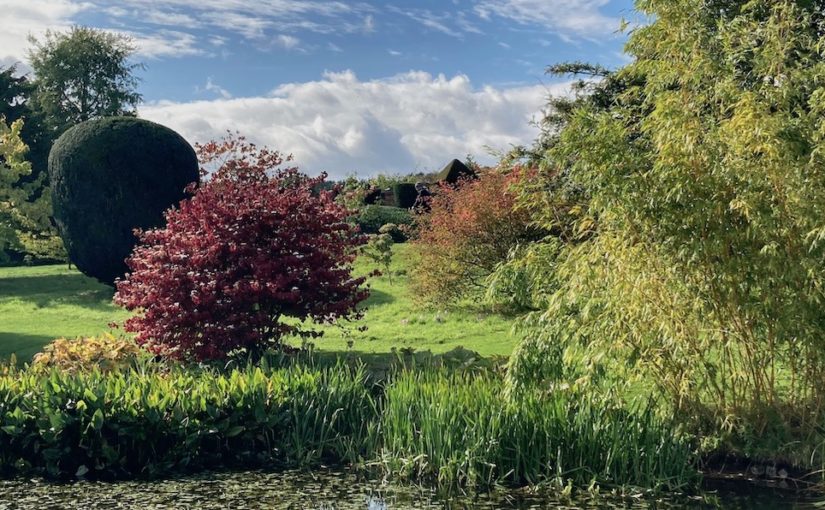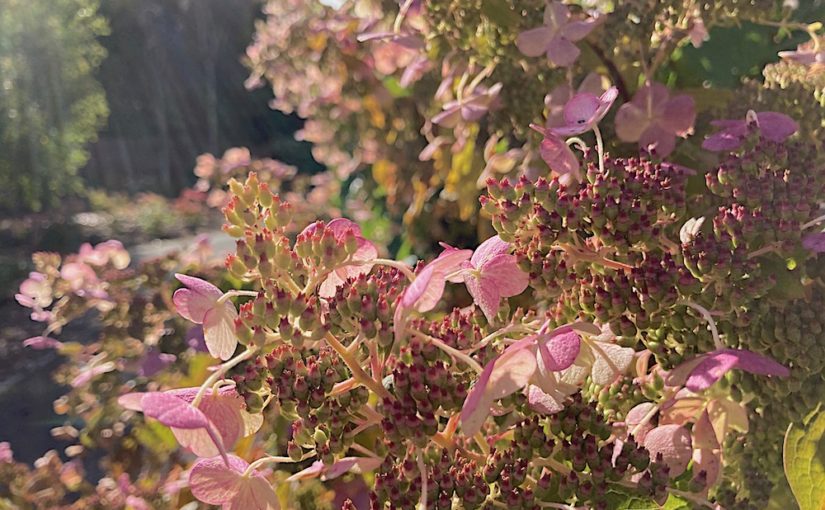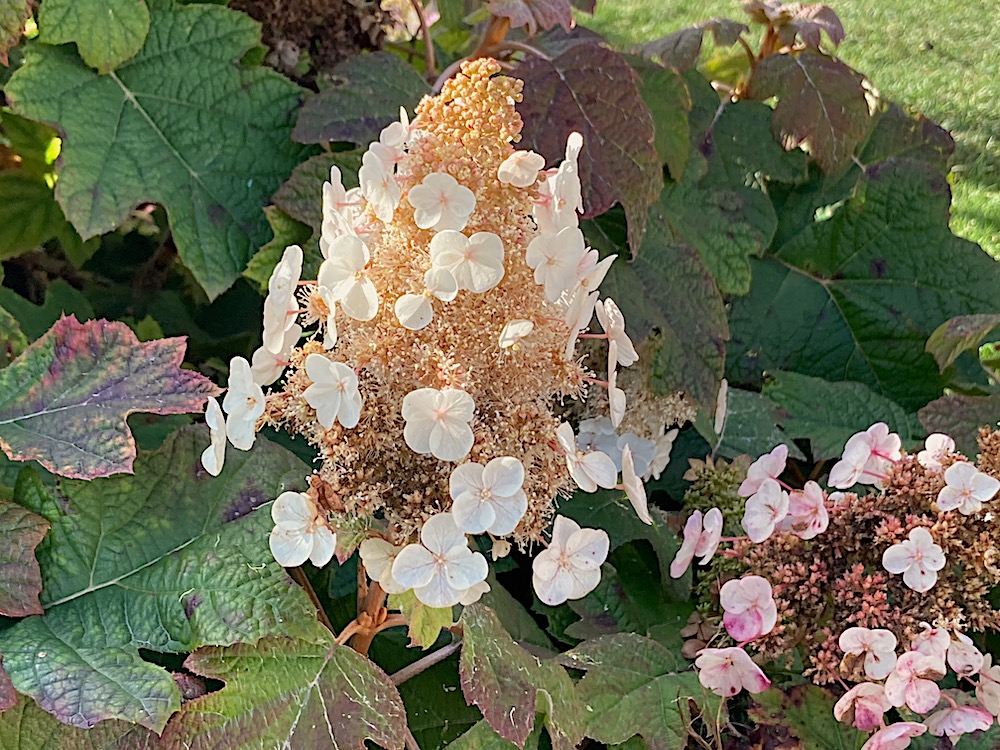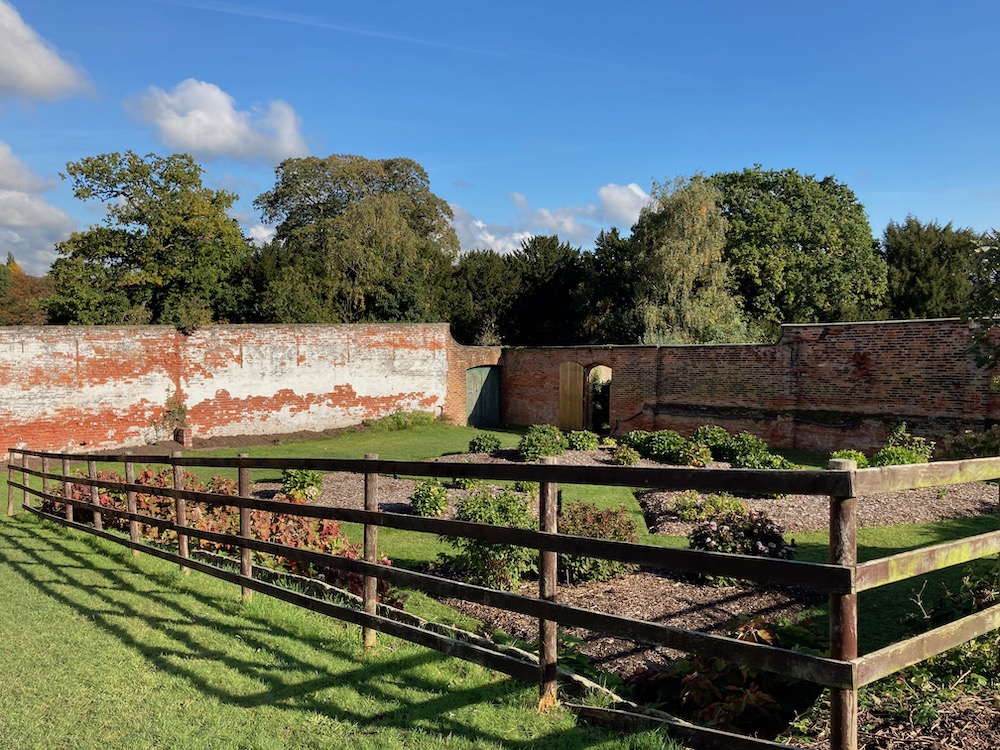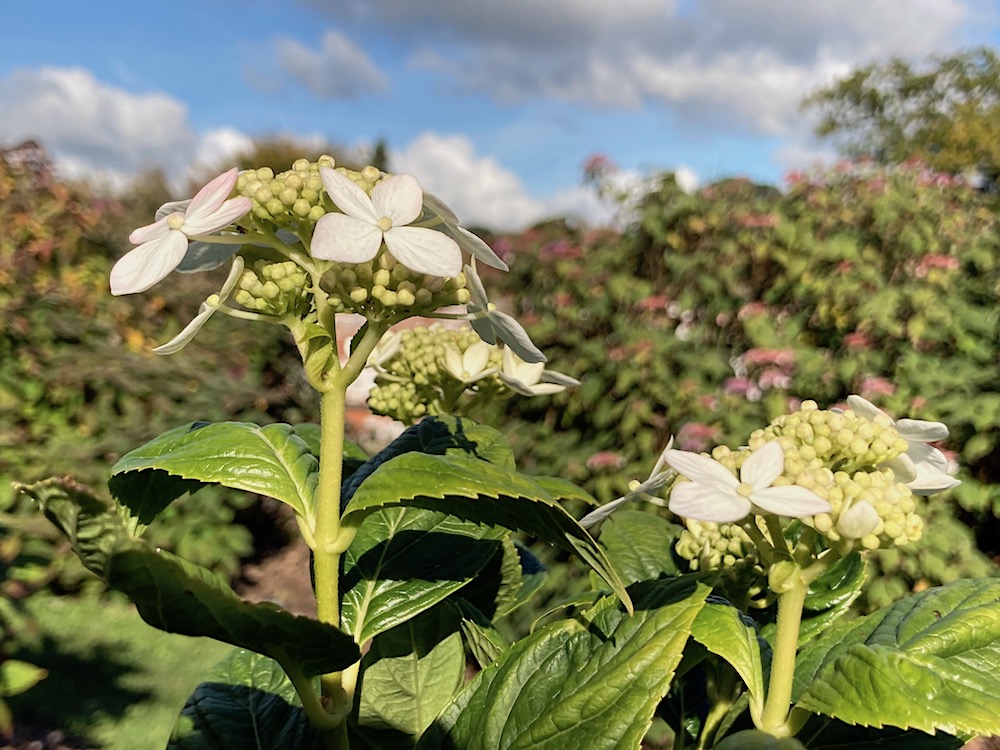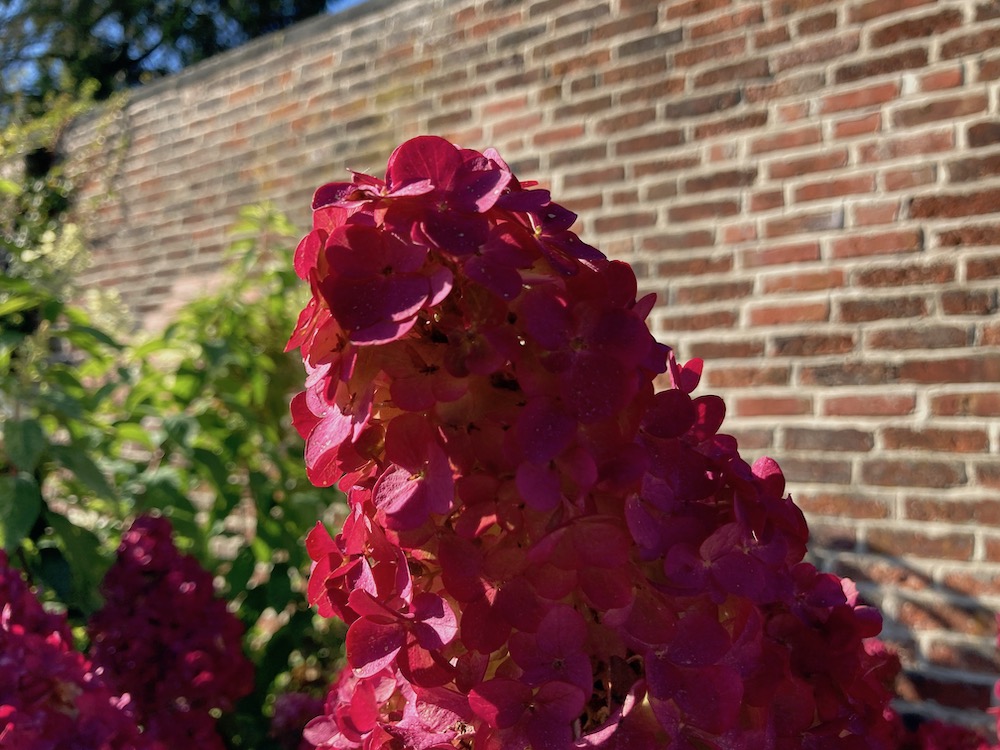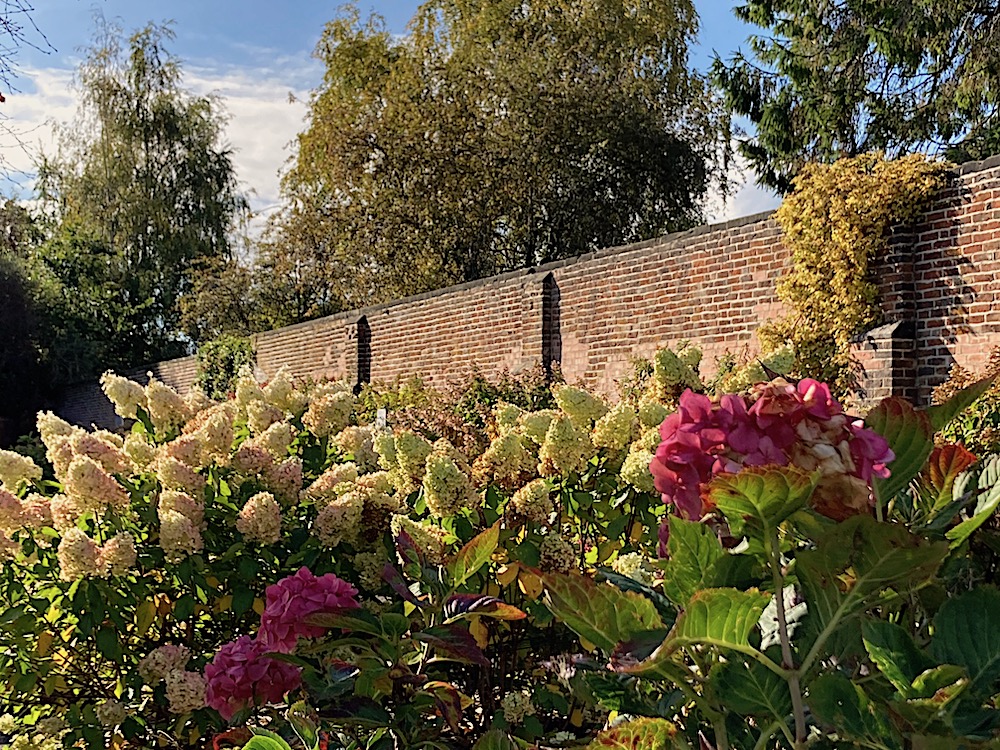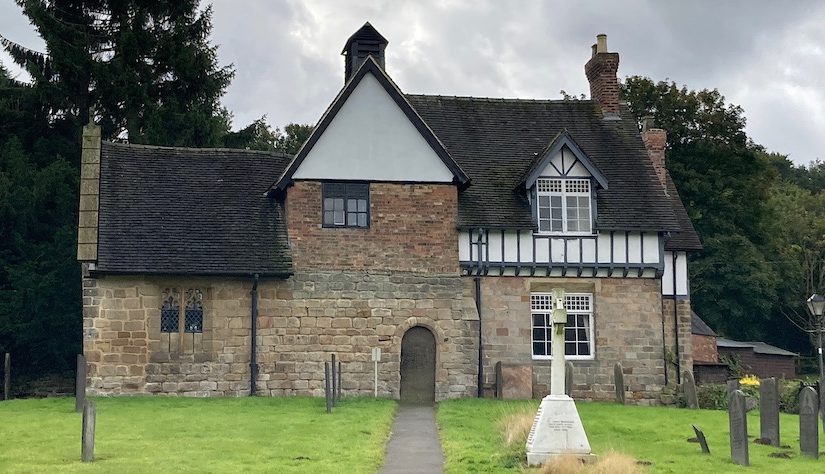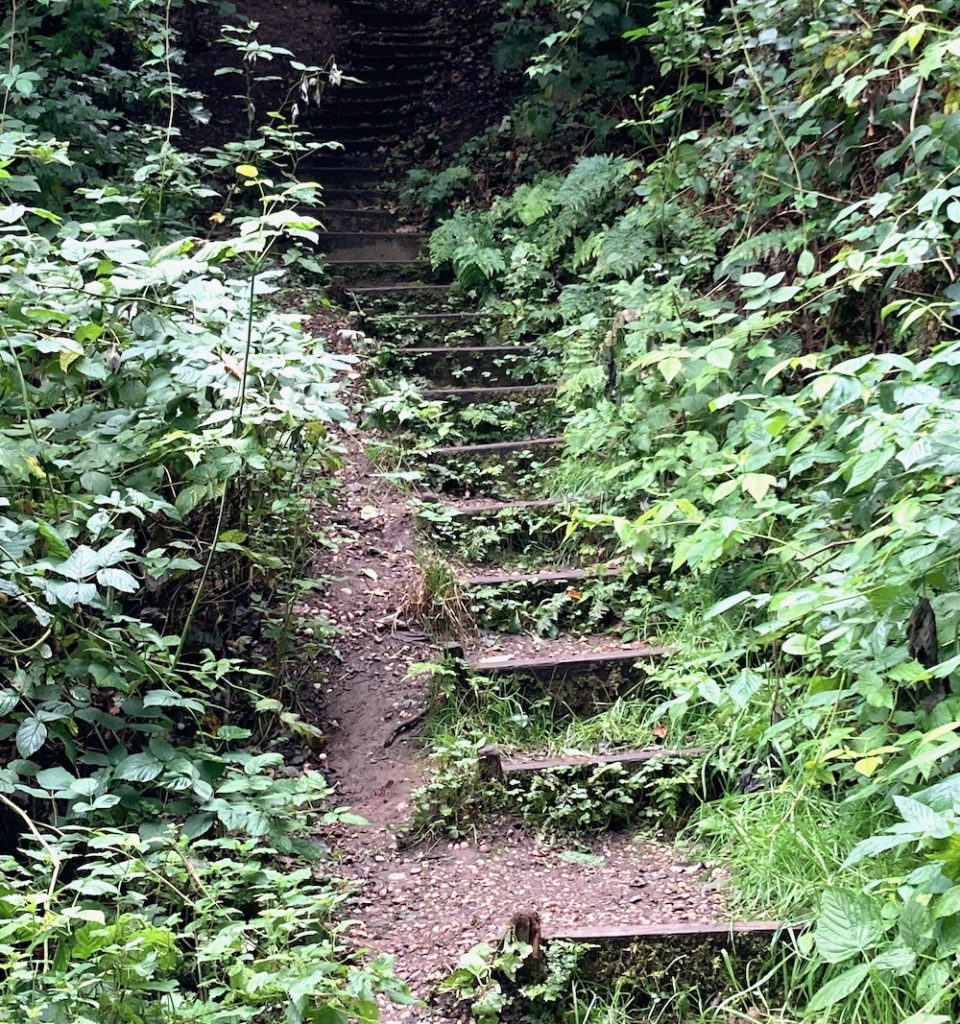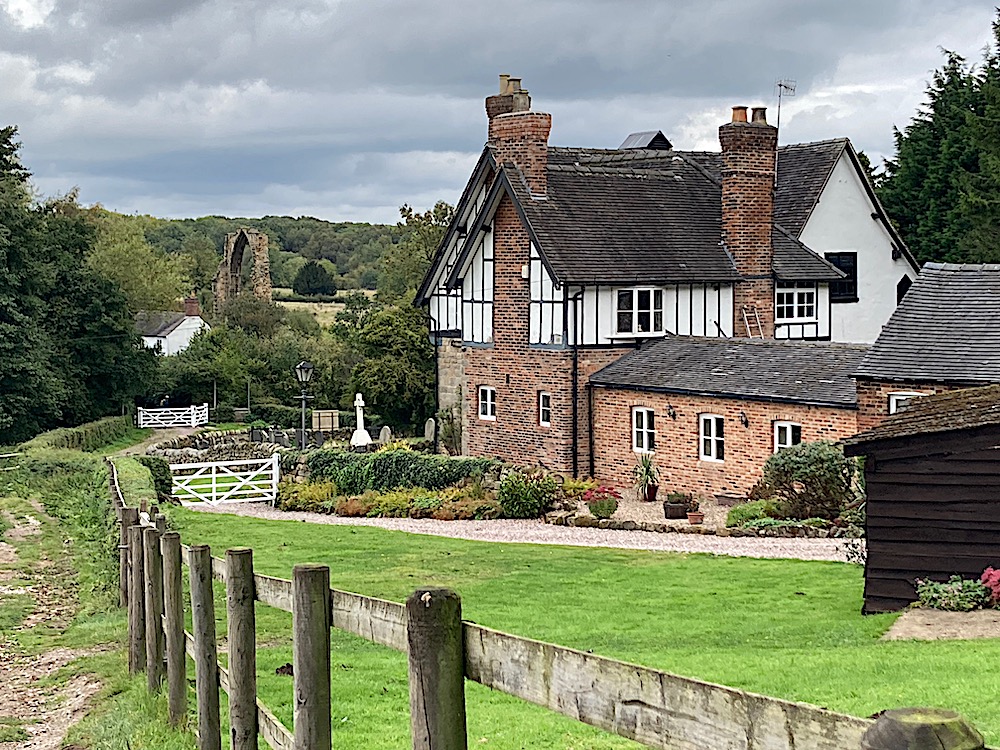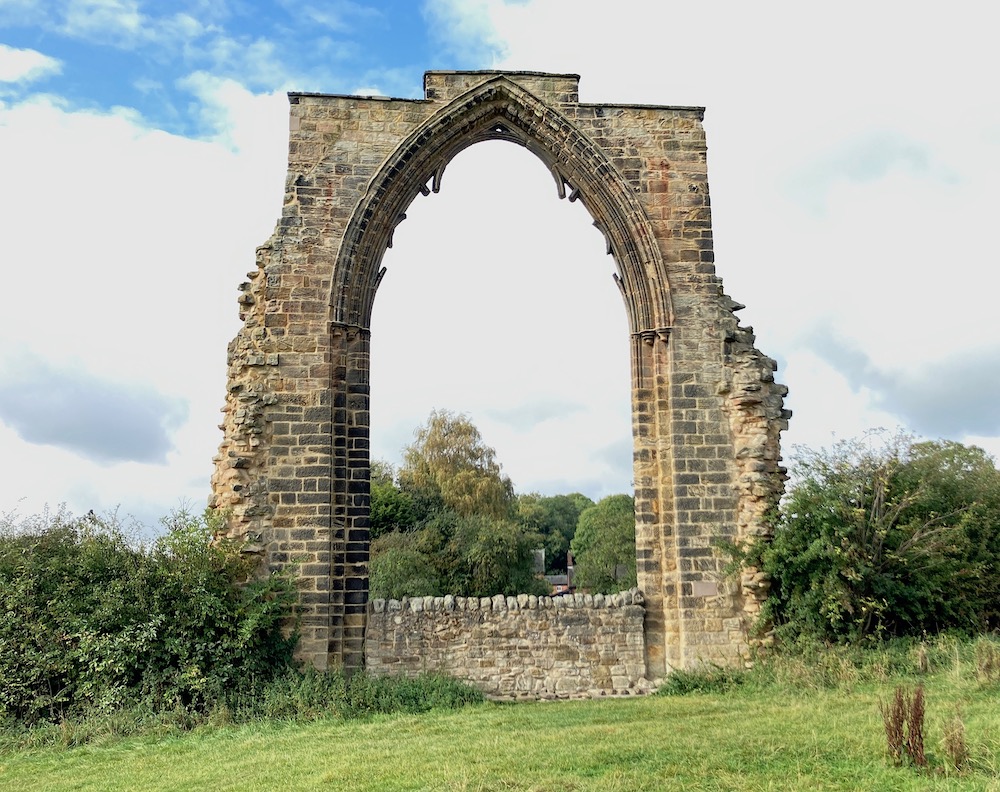I love to visit the beautiful gardens of Felley Priory. Felley Priory like Dale Abbey was reputed to have been built on the site of a small hermitage. Unlike Dale Abbey no one is sure where the hermit’s dwelling had originally been. The Priory of Felley and the Priory Gardens are situated just half a mile from Junction 27 of the M1 and 16 miles from Dale Abbey.
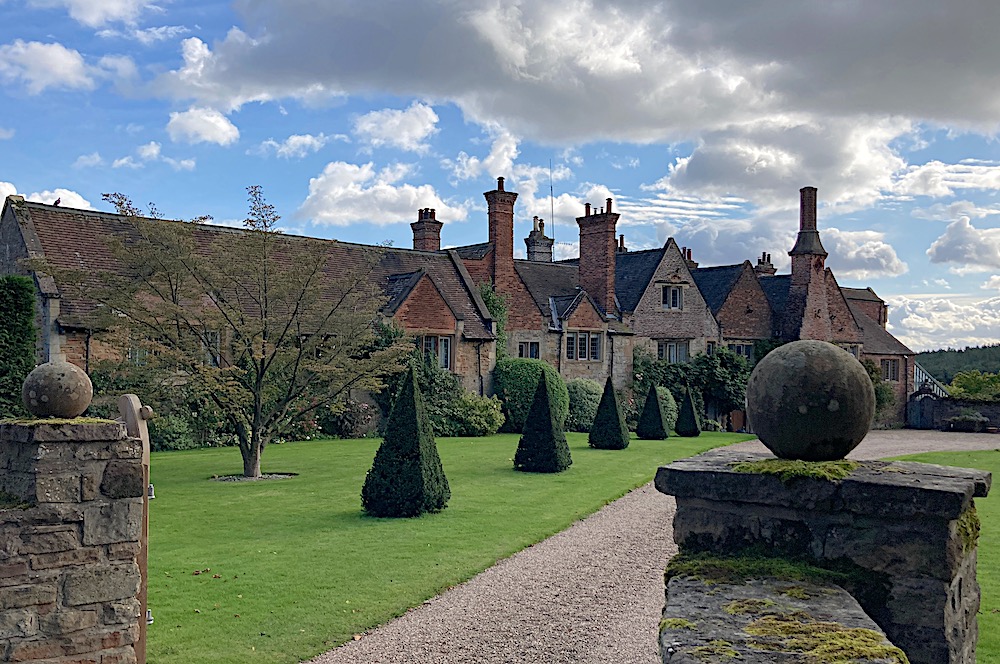
Felley Priory was founded in 1156 dedicated to Our Lady. It consisted of twelve canons following the Rule of St Augustine. Like Dale Abbey the priory was not always managed well and in 1276 its prior was deposed for mismanagement and misbehaviour. He had permitted the priory buildings to fall into disrepair and, ‘the canons had erred and strayed to the scandal of the neighbourhood.’
